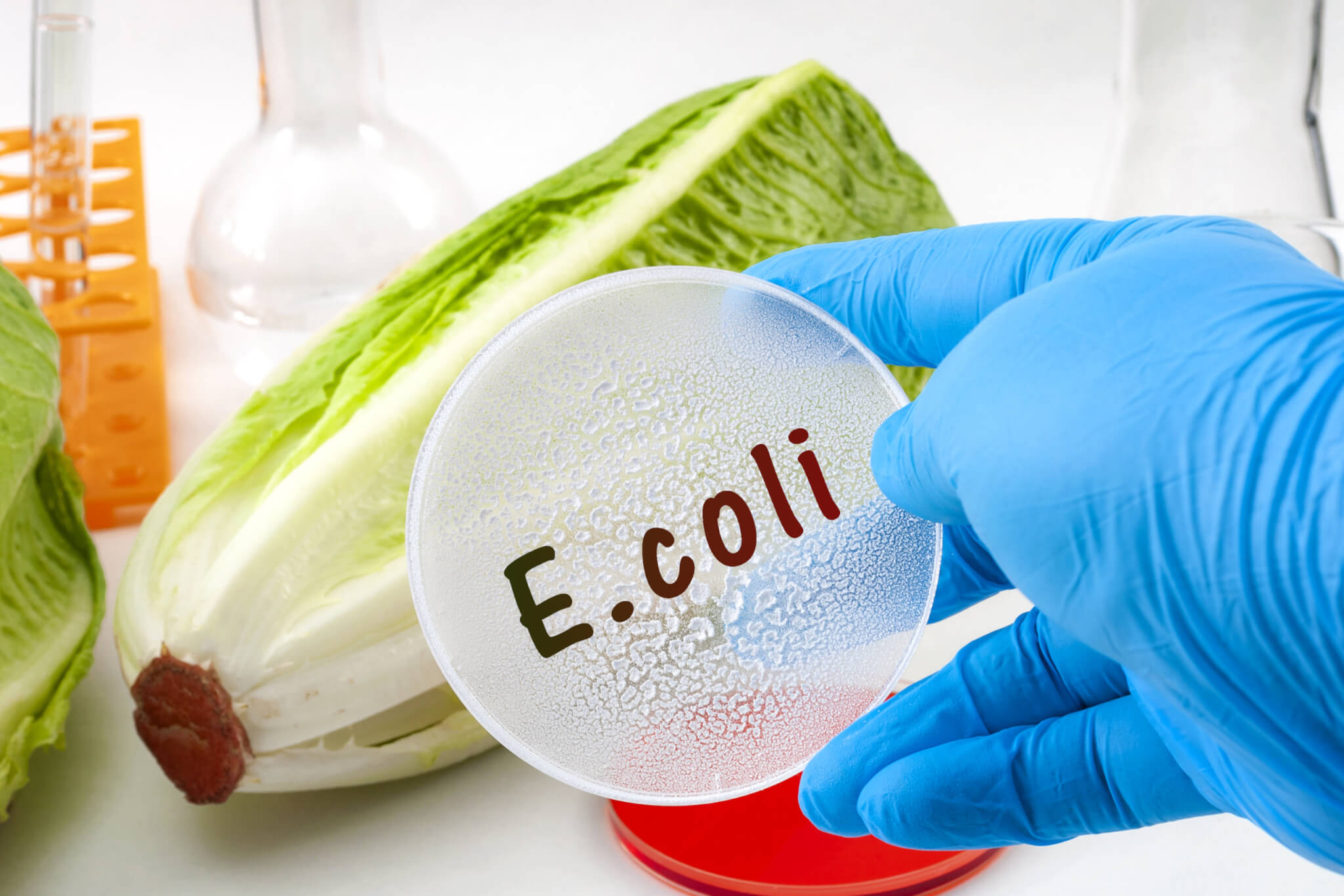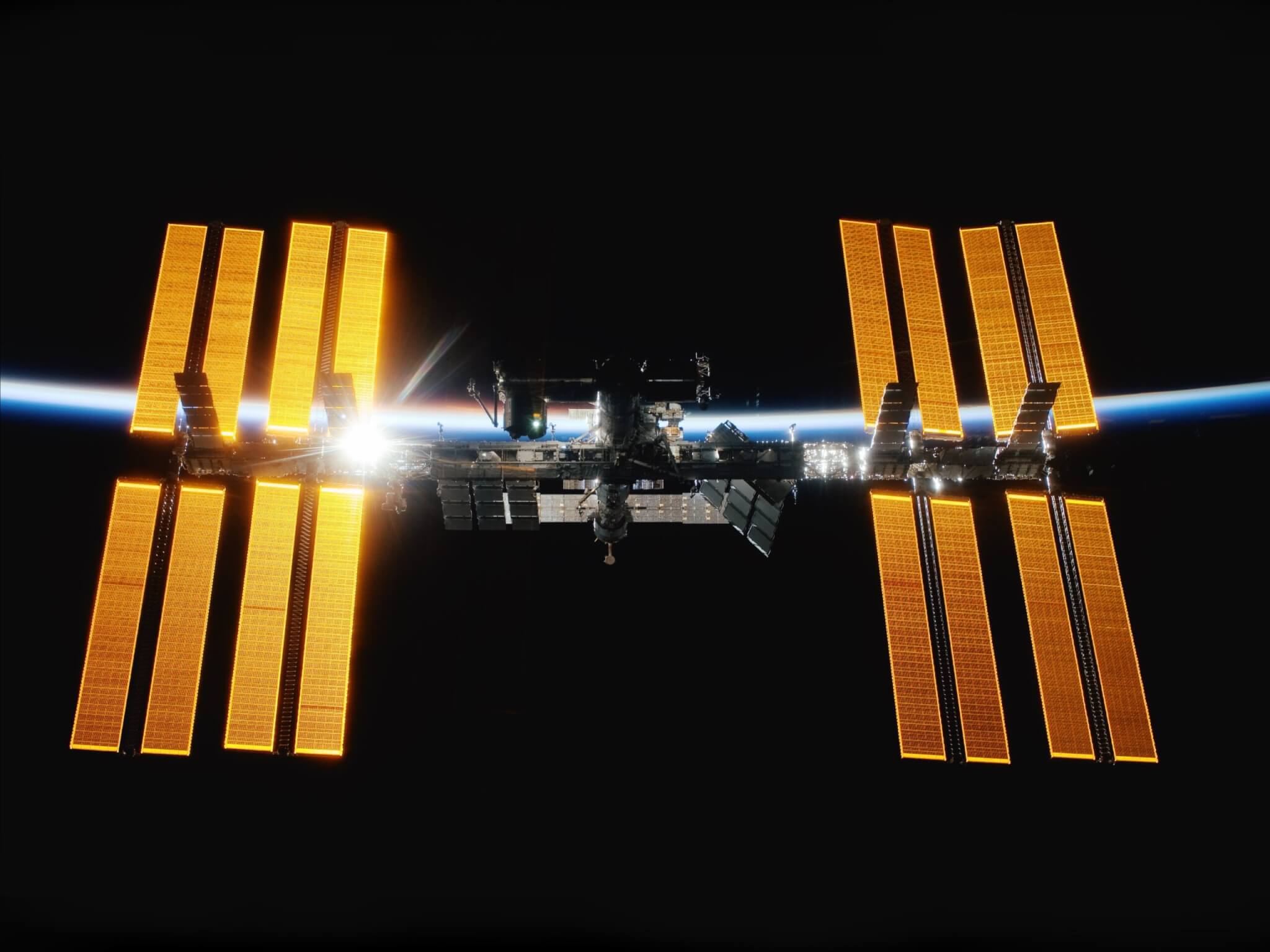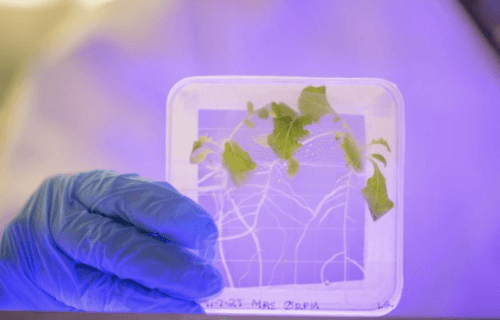NEWARK, Del. — Lettuce and other leafy greens are part of a balanced diet, and astronauts don’t want to miss out while they’re in space. Over three years ago, NASA made space-grown lettuce available as a dining option for astronauts aboard the International Space Station. Now, instead of just eating things like flour tortillas and powdered coffee, they can chow down on a salad. There’s just one problem: the ISS is full of dangerous and aggressive bacteria and fungi that cause disease, such as E. coli or salmonella.
Every year, NASA and private companies like SpaceX shell out billions of dollars for space exploration. In light of this, researchers are concerned that a foodborne illness outbreak aboard the ISS could interfere with future missions. University of Delaware researchers have successfully grown lettuce under conditions that imitated the weightless environment of space. The team found that plants exposed to manufactured microgravity (weightlessness) were more susceptible to infections from salmonella.
Noah Totsline, an alumnus of the University of Delaware’s Department of Plants and Soil Sciences, explained that stomata, the tiny pores in leaves and stems that plants use to breathe, usually close to defend a plant when it detects a stressor such as bacteria. During the microgravity simulation, it was revealed that the greens did the opposite. Once bacteria entered the picture, their stomata opened rather than closed.
“The fact that they were remaining open when we were presenting them with what would appear to be a stress was really unexpected,” says Totsline in a media release.
Of course, it wasn’t true microgravity, as the greens were rotated using a clinostat to make the plants lose their sense of direction. Ultimately, the researchers discovered that it appears Salmonella can invade leaf tissue more easily under simulated microgravity conditions than it can under typical conditions on Earth.
“In effect, the plant would not know which way was up or down,” Totsline said. “We were kind of confusing their response to gravity.”

They found that salmonella could effectively invade their tissues more easily under the simulated conditions than it could under normal earthly conditions. Other University of Delaware researchers have demonstrated that a microbe called B. subtilis UD1022 can aid plant growth and defense against pathogens and other stressors. They added UD1022, thinking it might help the plants fight off salmonella. Still, the plants were unprotected and vulnerable to infection.
“The failure of UD1022 to close stomata under simulated microgravity is both surprising and interesting and opens another can of worms,” says Harsh Bais, a plant biology professor. “I suspect the ability of UD1022 to negate the stomata closure under microgravity simulation may overwhelm the plant and make the plant and UD1022 unable to communicate with each other, helping Salmonella invade a plant.”
Naturally, microbes are all over the place. They live on and inside humans, animals, food, and the water we drink. Not all of them are bad, but of course some are. University of Delaware microbial food safety professor Kali Kniel said that wherever humans are, there likely will be bacterial pathogens. According to NASA, around seven people at a time live and work on the ISS. While it isn’t a tight space, it’s still easy for germs to make their rounds.

“We need to be prepared for and reduce risks in space for those living now on the International Space Station and for those who might live there in the future,” says Kniel. “It is important to better understand how bacterial pathogens react to microgravity in order to develop appropriate mitigation strategies.”
“To best develop ways to reduce risks associated with the contamination of leafy greens and other produce commodities we need to better understand the interactions between human pathogens on plants grown in space,” Kniel adds. “And the best way to do this is with a multidisciplinary approach.”
The answer to this isn’t super simple, but starting with sterilized seeds to reduce microbial risk is one option. Bais adds that scientists might need to alter plants’ genetics to prevent them from opening their stomata wider. Currently, Bais’ lab is taking various types of lettuce with different genetics to study them in a simulated microgravity environment.
“If, for example, we find one that closes their stomata compared to another we have already tested that opens their stomata, then we can try to compare the genetics of these two different cultivars,” says Bais. “That will give us a lot of questions in terms of what is changing.”
The findings are published in the journal Scientific Reports.
